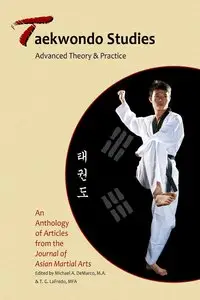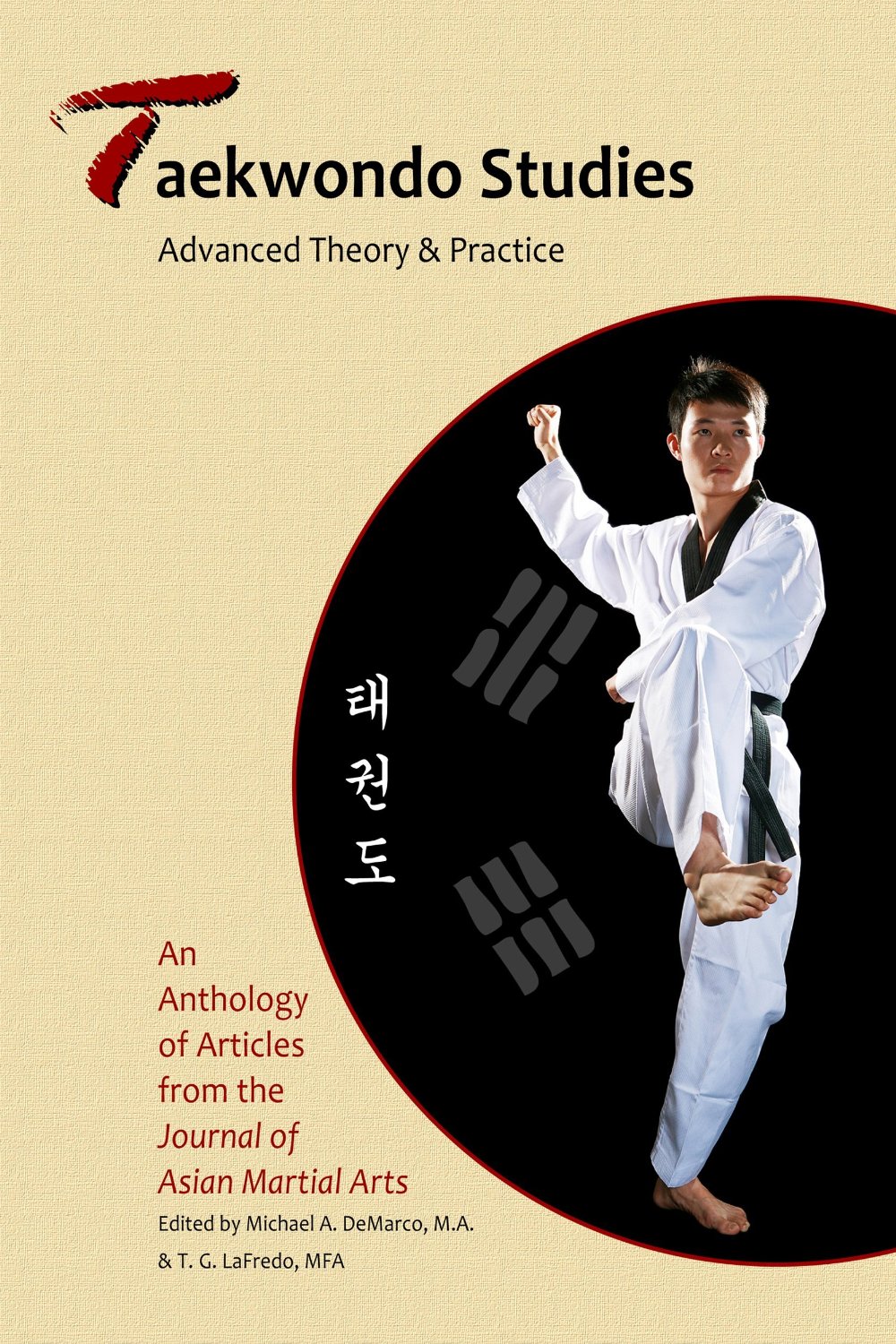Taekwondo Studies: Advanced Theory and Practice by Willy Pieter
English | Mar 22, 2015 | ASIN: B00T4GUQPA | 254 Pages | AZW3/EPUB/PDF (conv) | 11.4 MB
English | Mar 22, 2015 | ASIN: B00T4GUQPA | 254 Pages | AZW3/EPUB/PDF (conv) | 11.4 MB
Taekwondo is unlike any other martial art and it deserves some special attention because of its importance as a sport with a unique history and influence. This anthology, as part of our projects to provide stellar articles from the Journal of Asian Martial Arts, provides high quality materials about taekwondo you will not find elsewhere.
Topics include fascets of taekwondo history, practice, competition, health, education, character, techniques, and sport/athletics. You’ll find the notes, bibliographies, illustrations, and index are also valuable.
We have been very fortunate to include the writings of Dr. Willy Pieter, a pioneer in the scientific study of taekwondo. Other articles in this book provide details of taekwondo history, such as the detailed work by Dakin Burdick. The earlier version as published in the journal caused quite a stir among Korean martial art afficionados, particularly in the clear exposition that taekwondo’s roots are found in Japanese/Okinawan traditions.
Some chapters focus on specific techniques, especially the pieces by Udo Moenig, Louis Bercades and Willy Pieter. The interview by José Suporta with Juan Moreno is very insightful as it includes a discussion of the differences of taekwondo practices for the martial artist and sport athlete.
In her chapter, Marzena Czarneca uncovers the social relationships that often develop between students and teachers. The emotional and psychological bonds formed during classes are often difficult to notice and define, but she does so with a unique research methodology. Van Reenam’s chapter gives a refreshing portrait of childhood development through taekwondo practice. His conclusions will benefit those who teach, as well as the youngsters and parents involved in taekwondo.
Authoritative works dealing with taekwondo are published occasionally. This book is a milestone in taekwondo literature. Hopefully you will enjoy reading each page of this important anthology. Besides being a convenient collection of special readings on taekwondo, we also hope the chapters will inspire future research and writing in this field.



